Where to go in February: Carnival in Montevideo
For 40 days, the city of Montevideo puts the tango aside for a while and it liberates its African soul to live the longest Carnival in the world. During the parade called “Desfile de Llamadas" which takes place the first Thursday and Friday of February, more than two thousand drums are played together by local bands, evoking the meetings that black people used to have in the XIX century.
The Uruguayan Television broadcasts it all live and a jury selects the best bands, representatives for the Carnival Groups Official Competition. Just as this evening in cafés, people talk about football, at Carnival time, they discuss murgas´tunes and controversies arise about who the best or worst parodists were.
Every day there are Candombe, Murgas (street bands) and troupes performed on tablados (outdoor stages) and at the Summer theatre
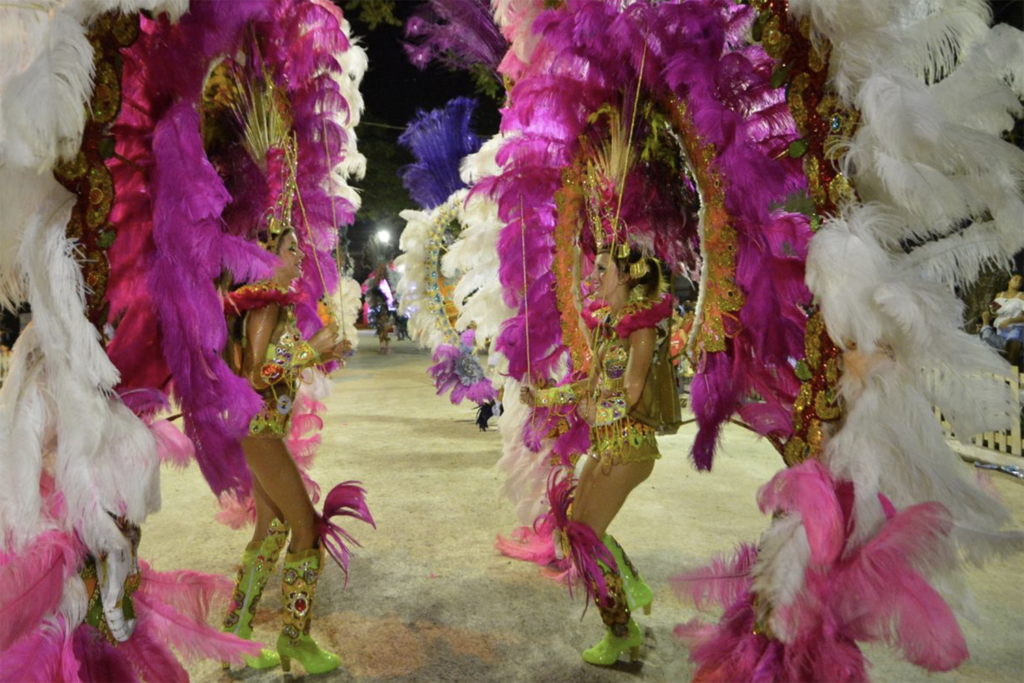
What is Candombe?
You can hear the drums in the Mercado del Puerto ( Port Market), in a terrace in Punta Carretas´neighborhood. Towards the end of the eighteenth century, 35% of the citizens were of African decedents. The candombe was born with them, in a survival attempt, a need to preserve their roots. As there were black people from different African regions, they got together according to their origin in the Salas de Nación and practiced that afro Uruguayan rhythm that combines three drums: chique, repique and piano, which together from a string. The drums are hung on the shoulder and are played with one open hand and a stick. The Candombe was banned in colonial times and during the military dictatorship the Conventillo Mediomundo was demolished, a temple of candombe and resistance.
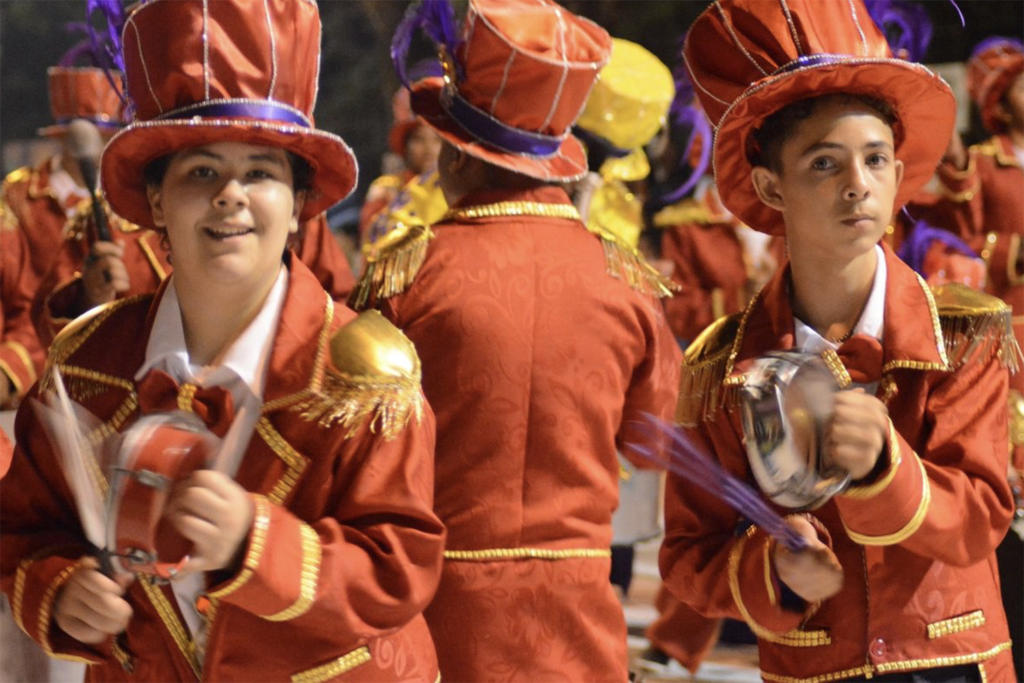
Live the Carnival !
For music, feelings and emotions, you have to come in February. There is still no simulator that reproduces these stimuli, such a provocation. We still need to travel. Nowadays between 6 and 9% of the Uruguayan people are afro descendants. Many live in the Sur neighborhood where on weekends there are strings of drums parading the ISLA DE FLORES street and some others. This goes on while the Desfile de las Llamadas ( popular yearly parade ) arrives and the whole city is filled with the sound of drums. For everything else, the Carnival Museum is a former port warehouse that has kept its cobblestone floors where you can see different exhibitions related to the Carnival: from models of some local street stages of the 30´s to the collection of masks, photos, costumes, drums and rag dolls.
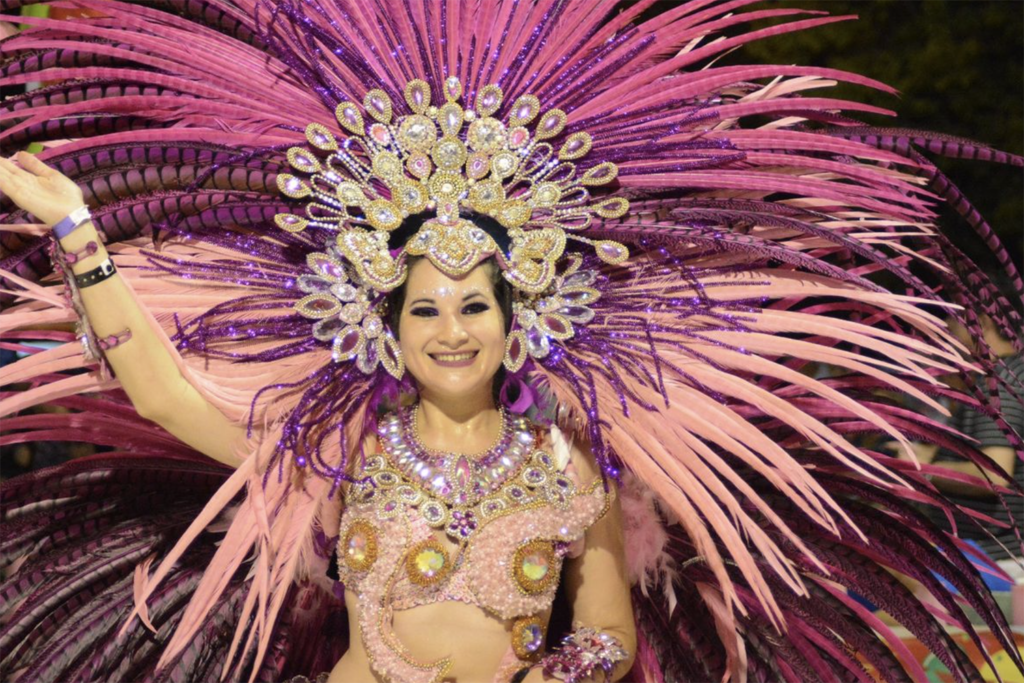



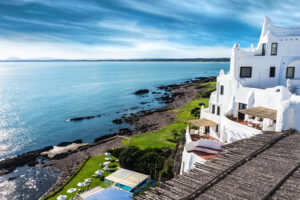
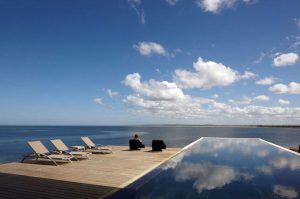

No comment yet, add your voice below!